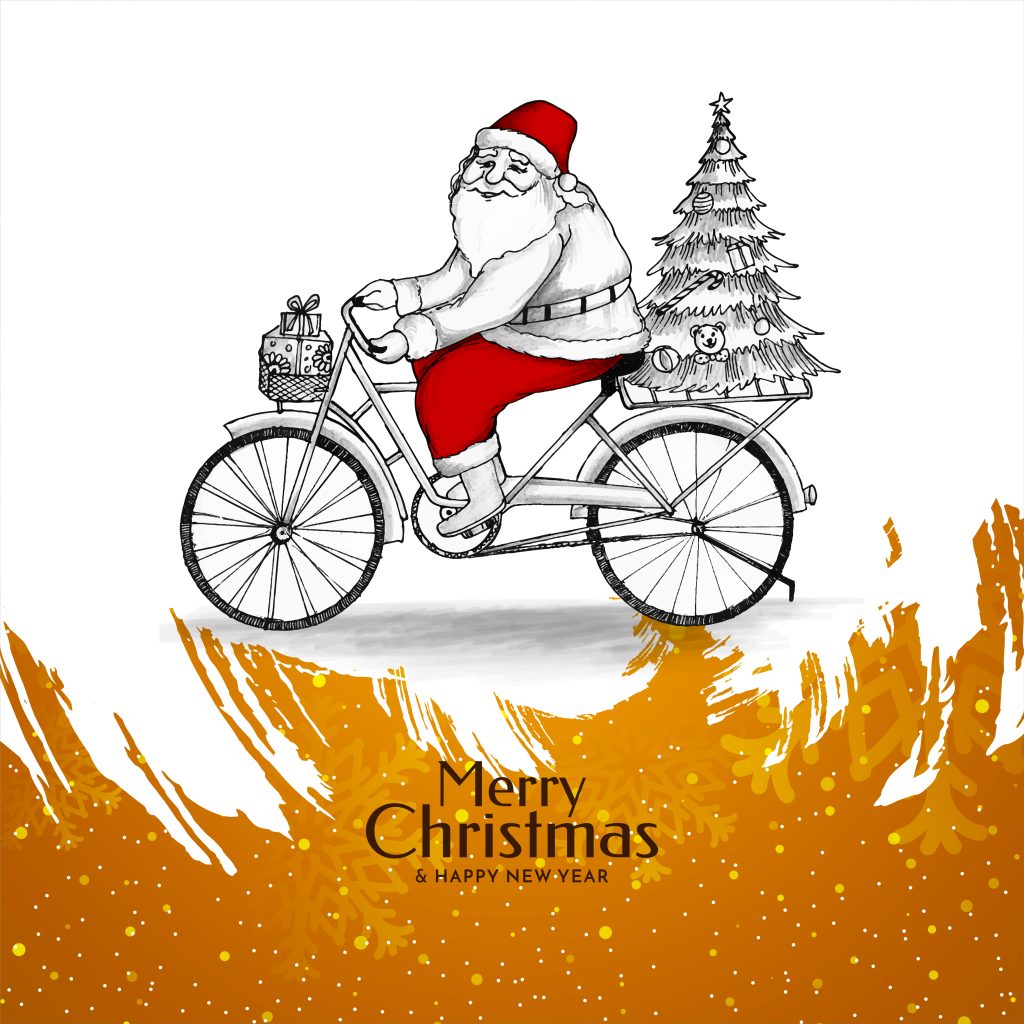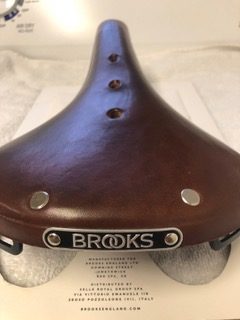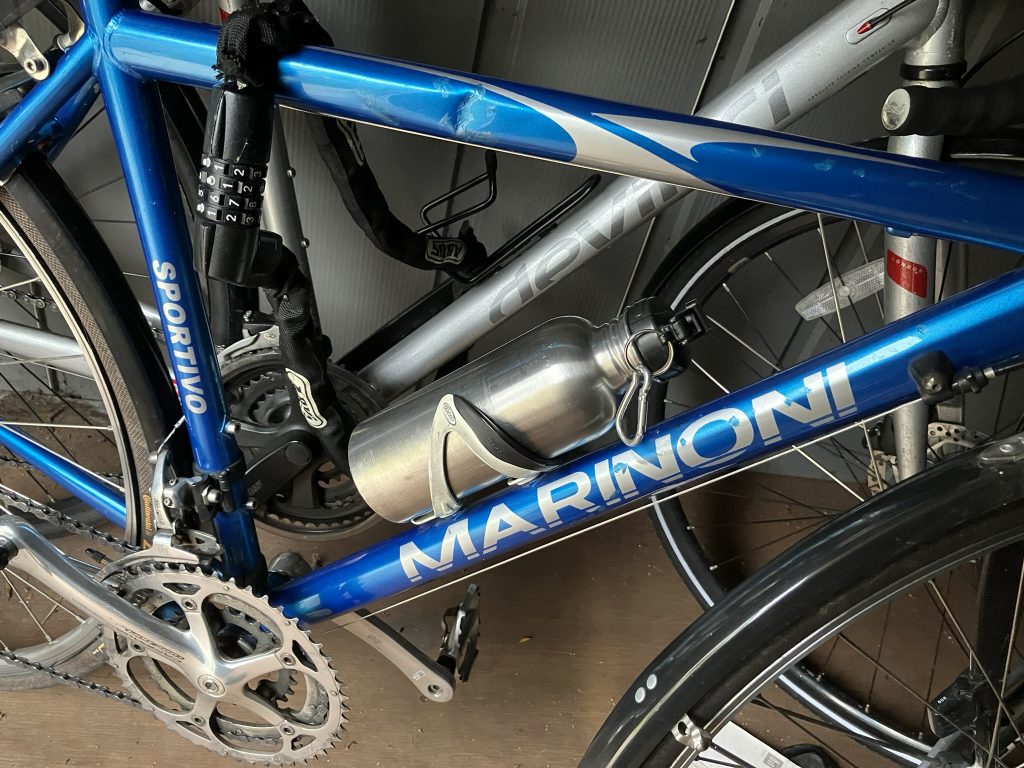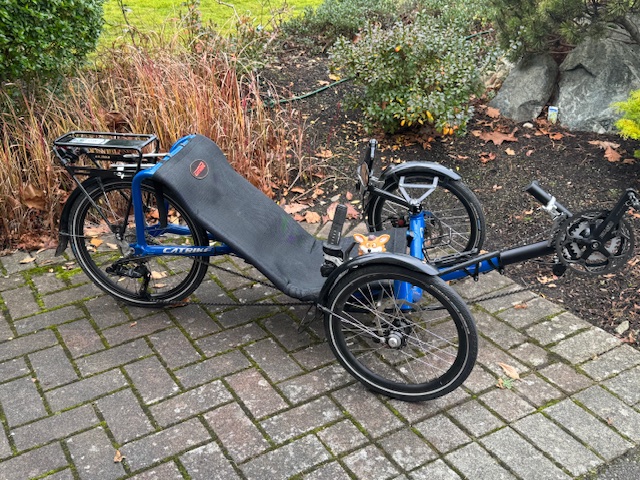December 2025 Newsbrief

he Cross Canada Cycle Tour Society, December 2025, Volume 43, Issue #12
FROM THE PRESIDENT’S CORNER
As the calendar year winds down, it’s worth taking a few minutes to reflect on another very successful year, not only in terms of tours and hub and spokes but also in Chapter activity and development. And all this is due entirely to the amazing members who have come forward to propose and lead the tours and hub and spokes, as well as the Directors who have worked tirelessly to ensure that all events will be enjoyable and truly memorable for all participants, and to the movers and shakers in the Chapters who organize all manner of rides and other activities for the greatest number of members. To all these volunteers I say THANK YOU!
The tours have been amazing – who would have thought five years ago that a tour in Albania would be such a delight. The others in Europe, Japan, the Maritimes, Quebec and B.C. have all been great experiences, and the last one of the season, in Thailand, is underway as I write this. More members get to participate in the hub and spokes than the tours and by all accounts, a good time was had by all at the events in Vancouver, Comox, the Cantons de l’Est and Palm Springs. Personally, I was more than pleased to have made it to the Comox hub and spoke where I was able to meet in person many whom I knew only through Zoom, along with many others for the first time.
As I said, the success of the club is due to those who organize and lead all the events. The Directors, Robin Howe, Janet Whitehead and Rhonda Ryan are front and centre in all this, but the leaders and co-leaders are the essential spark plugs, so tell those you know that they are valued; people like Beverly Wagner, Bonita Douglas, Danielle Amerongen, Audrey Sonnenberg, Marg Hurley, Peter Wood, Bruce Daykin, Dianne Schneidmiller, Maureen Angen, Rosanne Coumbis, Nel Ahmed, Geoff Kennedy, Peter Donkers, Dan Carey, Jurgen Harding, Jim Celik, Lawrence Vea, Allan Buium, David Featherstonhaugh, Diane Swindle, and more. If I have missed anyone, my bad!
Of course, the Chapters are the focus for most of the members for the day rides and other activities, all organized by volunteers too numerous to list. You know who they are in your region, so let them know that you appreciate their time and effort. And now we have a new Chapter in Edmonton! An eager group there was attracted to CCCTS for the variety of events it organizes as well as by the level of the cyclists. A few of them are already leading/organizing tours and hub and spokes, and they are looking forward to inviting all members to join them on local rides and events. Welcome Edmonton! We look forward to your Chapter growing and becoming a cycling centre for those near and far, and to being an advocacy group for safe cycling.
The club has grown considerably over the last couple of years, in no small measure due to the creativity and ingenuity of Robin Howe, Janet Whitehead, and now Rhonda Ryan in developing really attractive tours and hub and spokes. Members in the Chapters have also contributed to this growth by talking up the variety of cycling opportunities and the social aspects of all of the CCCTS undertakings. As a consequence of this growth there is a real desire to have more members come forward to propose and lead events. So many of our experienced leaders are more than ready to assist, to mentor, to co-lead, that any new leaders will be well supported. Give it some thought. Where would you like to cycle and why not introduce others to areas that you either know or would like to experience. You will be glad that you did.
All the best of health and good cheer to everyone over the coming Holiday Season!!
Paul Hough
CCCTS Buy and Sell
2010 Marinoni Sportivo Bikes
For sale two well-maintained 2010 Marinoni Sportivo Bikes – 700×32 wheel size equipped with Shimano pedal clips. Can provide Shimano shoes with cleats match up for pedals.
Includes 4 digit chain lock
Damaged frame on blue Marinoni bike; does not impede safety of riding.
Asking price $675 per bike
contact: cmpr5hol@telus.net
Catrike Pocket for sale.
Custom blue colour. Fits through doorways and down hallways. Very light for a recumbent trike, roughly 30 lbs. Fun to ride. Comes with an aerodynamic removable fairing. Newly updated drivetrain. Asking $2000. Located in the Greater Victoria area; for pickup. Contact Dianne or Brian Collier at 250 385-0885 or email: diannecollier2@gmail.com
Tours
- 2026 Tuscany Tour
Status: Registration opens Sun, 7 Dec 2025 8:00 AM
Dates: Mon, 7 Sep 2026 ‐‐ Tue, 22 Sep 2026Italy: where pasta, history, and breathtaking landscapes come together to create a dream cycling destination!
- 2027 Trails and Tastes of the South Island – New Zealand
Status: Ride is full, wait list only.
Dates: Sat, 13 Feb 2027 ‐‐ Mon, 8 Mar 2027A spectacular three-week, “once in a lifetime” cycling adventure.
Journey around New Zealand’s South Island experiencing genuine and authentic Kiwi hospitality, breathtaking scenery and delicious New Zealand food. Peddle past snow-capped mountains and lush sheep-dotted pastures, cross viaducts and rail tunnels and enter charming towns and villages before experiencing some of the best seafood, lamb and wine in the world. - CANCELLED DUE TO LOW REGISTRATION NUMBERS – 2026 Cross Canada part 1 – Victoria to Winnipeg
Status: Registration closed
Dates: Fri, 17 Jul 2026 ‐‐ Sat, 29 Aug 2026This is the ultimate way to see your country – or at least the western third of it. Begin at the beaches of western British Columbia, move into mountain territory, then the Okanagan, the stunning Rocky Mountains, and drop down into a rural landscape of the farmlands and small towns of Alberta, Saskatchewan, and Manitoba, as well as the big cities of Calgary, Regina and Winnipeg. This tour is a six-week camping tour with 12 hotel nights. (This is the first section of the Cross Canada ride in what we hope will be a three-series ride.)
- 2026 Portugal – The Alentejo, Atlantic, and Algarve
Status: Ride is full, wait list only.
Dates: Wed, 15 Apr 2026 ‐‐ Fri, 1 May 2026Enjoy early season cycling on quiet, country roads bordered by cork, olive, lemon, and orange groves in the sunniest part of Europe, the Alentejo and neighboring Algarve regions of southern Portugal.
- 2025 Veloroute des Bleuets
Status: CompletedThe Veloroute des Bleuets (Blueberry Cycling Route) pannier tour is 256 km of pure cycling fun that loops around Lac Saint-Jean in Quebec’s Saguenay region (about 230 km north of Quebec City). We will cycle around Lac Saint-Jean over 4 days then drive to Quebec City for 2 more full days of riding.
- 2026 The Frozen Triangle Ski Tour
Status: Ride is full, wait list only.
Dates: Tue, 6 Jan 2026 ‐‐ Thu, 15 Jan 2026Enjoy wintertime in Canada! Join us for cross-country skiing, alpine skiing, and/or snowshoeing. We will stay in three locations for three nights at each, with two days for winter activities at each spot: Lake Louise, Radium, and Golden.
- 2026 Japan’s Setouchi Islands – A Cyclist’s Paradise
Status: Ride is full, wait list only.
Dates: Tue, 31 Mar 2026 ‐‐ Wed, 15 Apr 2026The coastal area of the Setouchi is one of Japan’s major tourist destinations and there’s no better way to enjoy it than by bike. It is a virtual utopia for cyclists. One of cyclists’ many touring options is the 70-kilometer Shimanami Kaido highway linking the city of Onomichi and Imabari. We will also cycle the Kamijima Islands, Kakishima Kaido and Tobishima Kaido, three other popular chains of islands for cyclists.
Trip Reports
- Sunshine Coast 2025 Tour
Sunshine Coast, Discovery Islands Cycling/Camping Tour This was a change, a cycling and camping trip close to home, what’s not to like? At least for west coast CCCTS members. No flights involved, private accommodations, no need to rent a bike or even box it up, fantastic scenery and all meals included. Yes, the cycling was … Continue reading Sunshine Coast 2025 Tour
- Hokkaido Japan 2025
Hokkaido Report
- 2025 Albania Tour
Albania Trip Report This first CCCTS Albania UNESCO Tour, capably led by CCCTS member Janet Whitehead working with Cycle Albania, ran from 29 August-11 September 2025. There were 14 hotel nights with 8 days of riding. Of the 20 participants, 13 were on E-bikes and 7 used pedal power. Total distance ridden was 438 kilometers … Continue reading 2025 Albania Tour
- 2025 Veloroute des Bleuets and Quebec City Tour
Veloroute des Bleuets and Quebec City Tour – 8th to 15th of September 2025 Submitted by Richard Hatherill* Day 1 – Introduction The Veloroute des Bleuets tour took place for four days around Lac Saint-Jean in the Saguenay region of Quebec. Sixteen riders from Ottawa and seven riders from the Vancouver area traveled mainly from … Continue reading 2025 Veloroute des Bleuets and Quebec City Tour
- 2025 Vancouver H&S
VANCOUVER HUB & SPOKE, August 11-14, 2025 Orientation Ride UBC – CCCTS Vancouver Hub & Spoke staying @ UBC Pacific Spirit Hostel, 5 days cycling 45 participants Day 2 Vancouver Neighbourhoods – Shaughnessy – the old money mansions, False Creek, Kitsilano. Yaletown CCCTS Vancouver Hub & Spoke staying @ … Continue reading 2025 Vancouver H&S
- 2025 Puget Sound H&S’s
Read all about the two H&S’s held in Puget Sound WA in 2025.
Chapter News
Nanaimo.
Yep you read that right. Nanaimo is starting a fledgling chapter for the orphans not close enough to either Victoria or Comox. They are just at the organizing day rides at this point but have their sites set on great things. If you are interested in being included in mail from the Nanaimo chapter please contact Bonita Douglas.
bondoutoo@gmail.com
Victoria
It is with great sadness that I have to report two of our long term members have gone to that big Velodrome in the sky.
Dave Charles was a long term member who participated in organizing a lot of local tours. He was a great guy and will be missed.
Hans Klein was also an old school member who wrote the Newsbrief for many years. I passed Hans on the road a few weeks ago and waved to him. He was riding hard right to the end.
New Members
| first_name | last_name | city | province |
|---|---|---|---|
| Deborah | Bender | Vancouver | BC |
| Peter | Richards | North Vancouver | BC |
| Jean-Pierre | Masse | Victoria | BC |
| Peter | Hunszinger | Beaumont | AB |
| Charles | World | Edmonton | AB |
| Jill | Hill | Edmonton | AB |
| Deborah | Snell | Edmonton | AB |
| Pamela | Young | St Albert | AB |
| Margo | Miller | Edmonton | AB |
| Karen | Richardson | Ottawa | ON |
| Stephen | Yakimets | Edmonton | AB |
| Keith | Bambridge | St Albert | AB |
| Arlene | Yeulet | Whitehorse | YT |
| Edward | Wayland | Lynchburg | VA |
| Karen | Smith | Portland | OR |
| Dean | Cooper | Edmonton | AB |
| Bernie | Fitzsimmons | Edmonton | AB |
| Paul | Shakotko | Halifax | NS |
| Ruth | Jones | Kelowna | BC |
Published at least ten times a year by The Cross Canada Cycle Tour Society, a non – profit organization for retired people and others who enjoy recreational cycling.
Items for the NEWSBRIEF must be received by the 28th of the month. The Editor reserves the right to edit for clarity, brevity and suitability of publication. The views expressed in the “NEWSBRIEF” are not necessarily those of the CCCTS or the Editor.
Submissions for NEWSBRIEF should be emailed to alaird212@gmail.com












